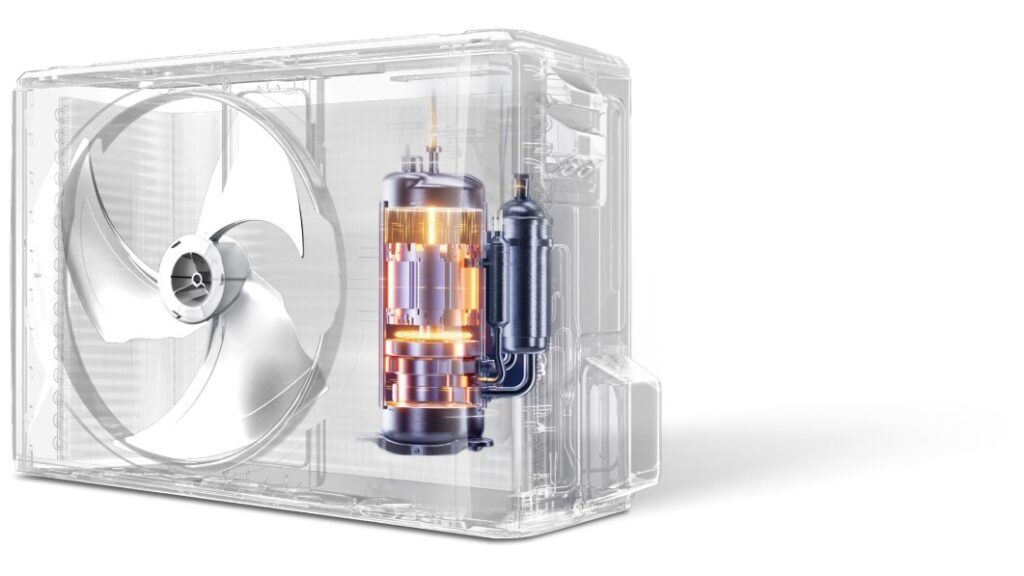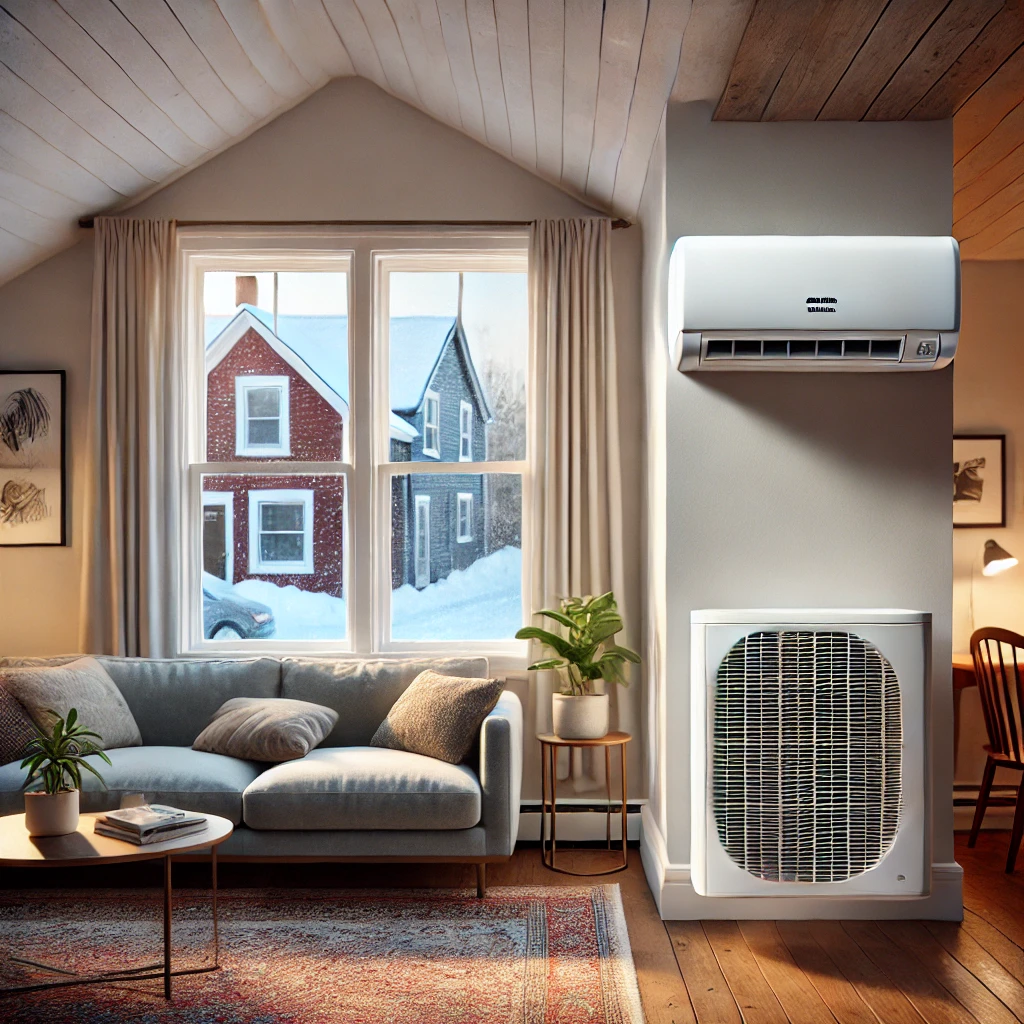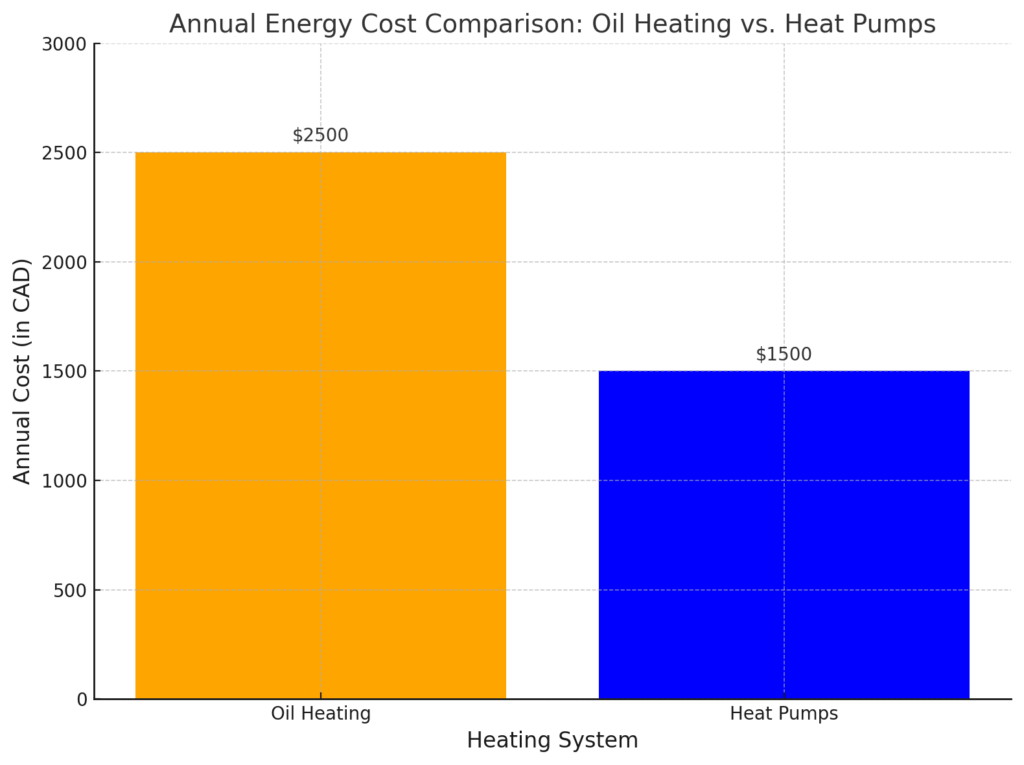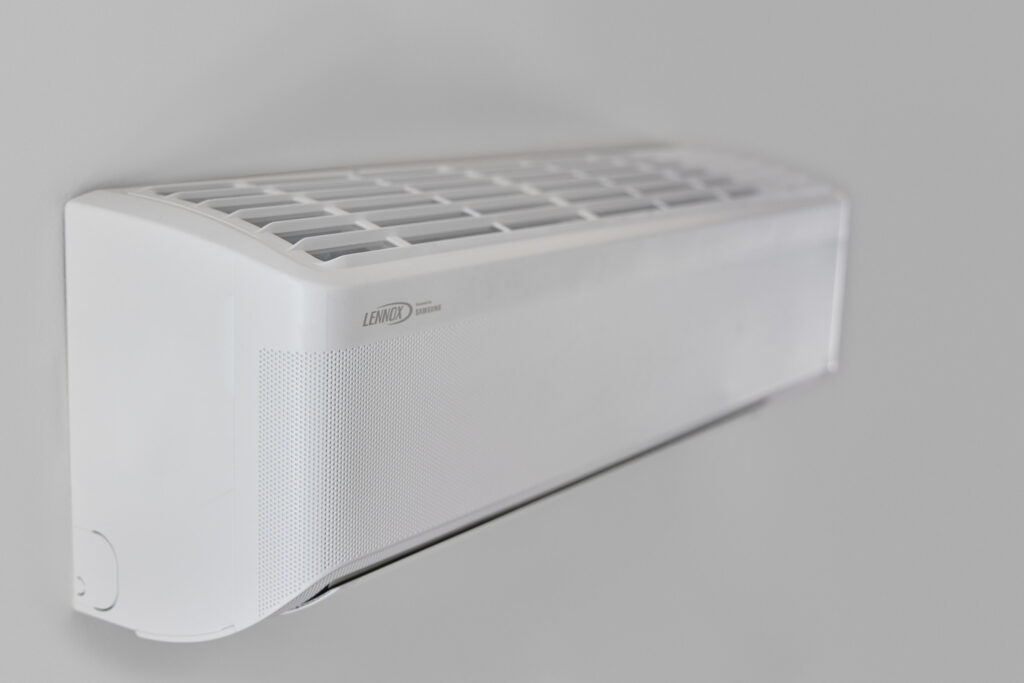The global ductless mini-split market is experiencing rapid growth, driven by increasing demand for energy-efficient climate control solutions. Valued at $17.92 billion in 2025, the market is projected to reach $31.31 billion by 2032, growing at a compound annual growth rate (CAGR) of 8.3%. This expansion is fuelled by rising awareness of HVAC energy consumption and the push for eco-friendly alternatives. Additionally, advancements in inverter technology and the adoption of eco-friendly refrigerants like R-32 and R-410A are enhancing the appeal of mini-splits, making them a preferred choice for both residential and commercial applications.
In Canada, the mini-split market is witnessing steady growth, particularly in provinces with extreme seasonal temperatures such as Ontario, Quebec, and British Columbia. Increasing electricity costs and government incentives promoting sustainable heating and cooling solutions are key drivers.
Canadian consumers are favouring cold-climate heat pump mini-splits due to their ability to provide efficient heating even in subzero temperatures. Major brands like Mitsubishi Electric and Daikin dominate the market alongside local HVAC distributors who offer tailored solutions and after-sales services.
The single-zone segment leads globally, holding an estimated 58.7% market share in 2025 due to its superior energy efficiency. However, multi-zone systems are gaining traction in larger homes and commercial buildings where customized climate control is essential. Technological advancements such as smart home integration and Wi-Fi-enabled controls are further driving adoption across all regions.
Despite high initial installation costs being a challenge, government rebates and financing programs are helping mitigate this barrier. As urbanization continues and consumer awareness about sustainability grows, the ductless mini-split market is poised for sustained growth globally and within Canada.
What are the key drivers behind the growth of the ductless mini splits market in Canada?
The growth of the ductless mini-splits market in Canada is driven by several key factors, primarily centered around energy efficiency, cost savings, and government incentives. Rising electricity costs have prompted Canadian homeowners and businesses to seek alternatives to traditional HVAC systems, with ductless mini-splits emerging as a preferred choice due to their ability to minimize energy loss by eliminating ductwork. These systems offer precise temperature control and zoning capabilities, which enhance efficiency and reduce operational costs.

Government policies and incentives promoting sustainable heating and cooling solutions further fuel market expansion. Programs such as rebates for energy-efficient appliances and tax credits for adopting eco-friendly technologies have made ductless mini-splits more accessible to consumers. Additionally, the transition to cold-climate heat pump mini-splits, which provide efficient heating even in extreme subzero temperatures, has gained traction in provinces like Ontario, Quebec, and British Columbia.
Technological advancements are another significant driver. Modern mini-split systems incorporate features such as inverter technology, smart home integration, and IoT-enabled controls. These innovations allow users to optimize energy usage, remotely monitor system performance, and customize comfort levels across different zones. The increasing adoption of smart home technologies aligns with consumer preferences for convenience and sustainability.
Finally, ease of installation plays a crucial role in driving demand for ductless mini-splits in Canada. Unlike traditional HVAC systems that require invasive ductwork installation, mini-splits can be installed quickly with minimal disruption. This flexibility makes them ideal for retrofitting older buildings or enhancing energy efficiency in new constructions.
Together, these factors contribute to the robust growth of the Canadian ductless mini-splits market beyond 2025.












